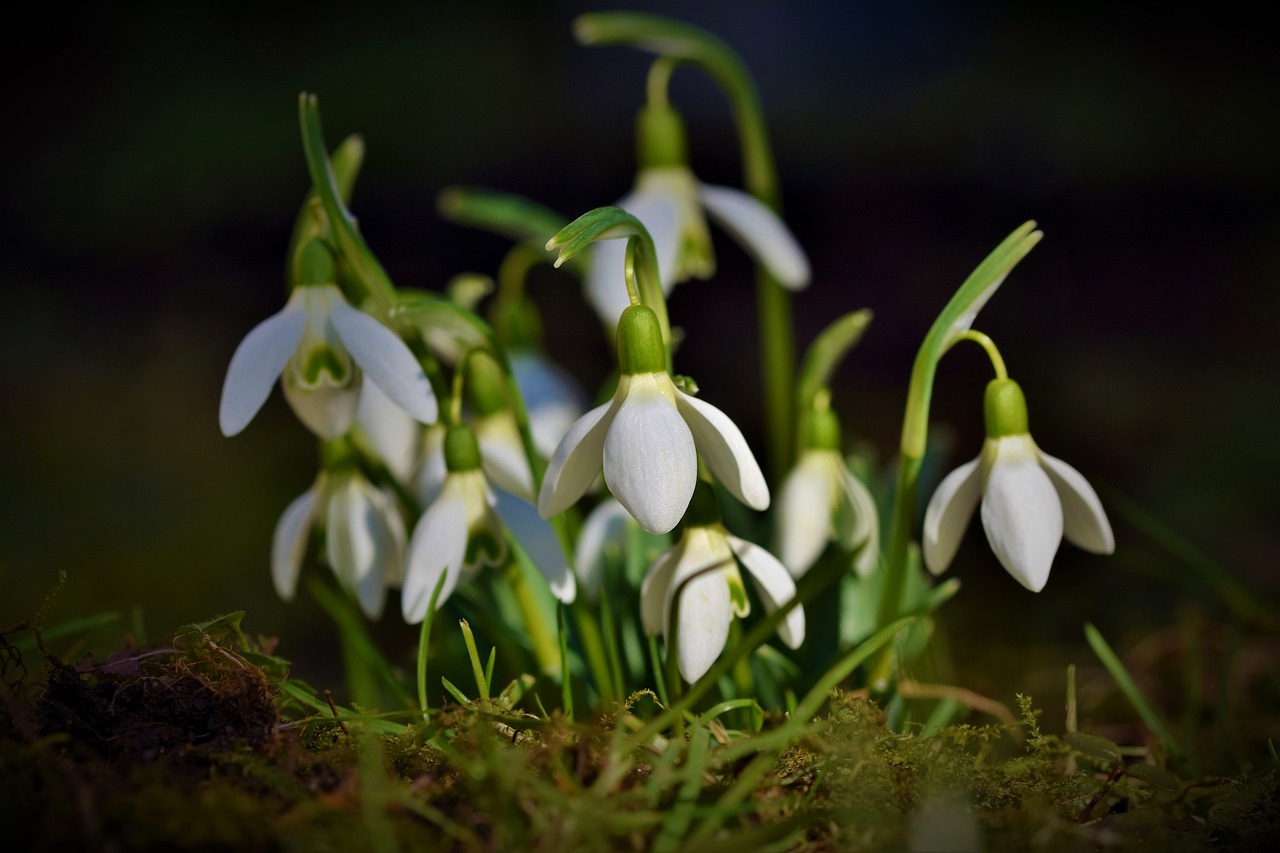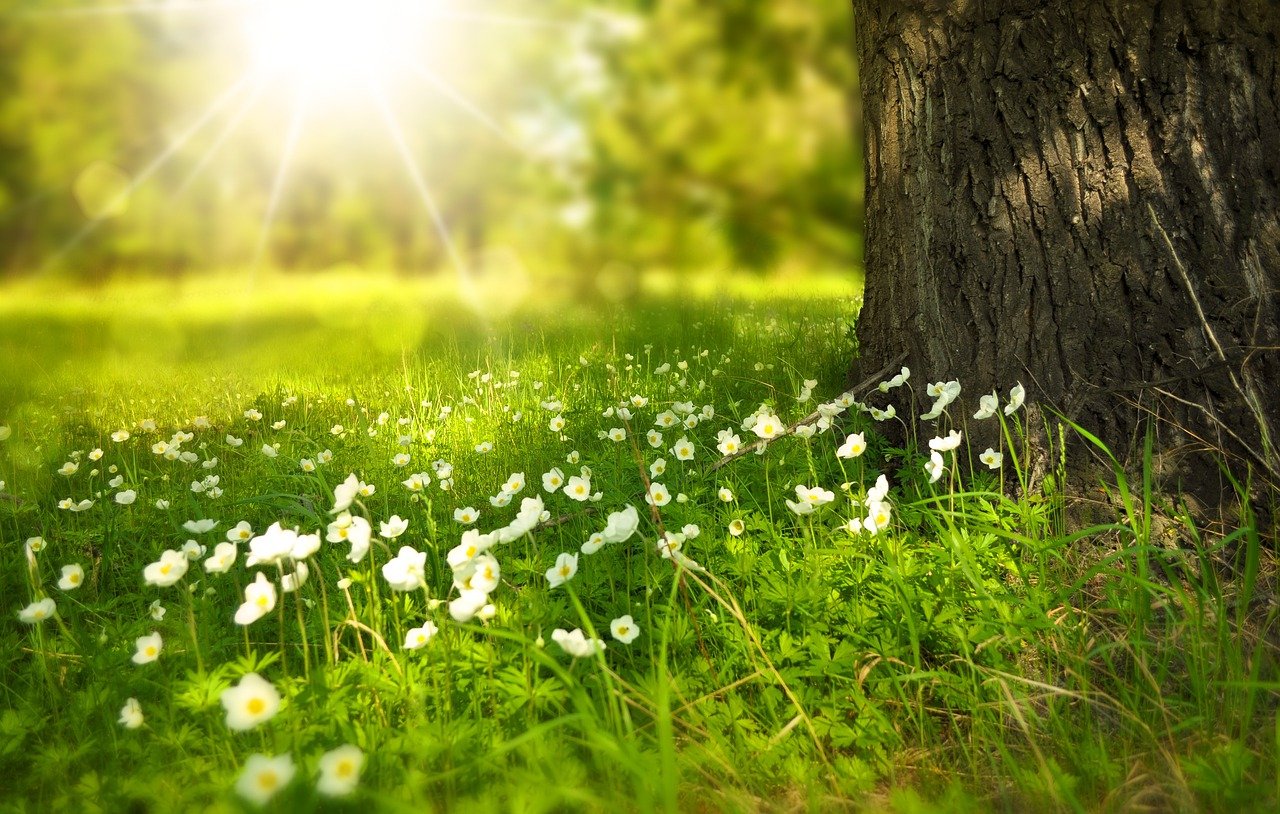Practical holistic gardeners living in Spain for over twenty years – Early experiences of Self Sufficiency
When Dick was young his parents and grandparents kept poultry and rabbits for food and with the composted manures grew a wide variety of vegetables and fruit that keep three generations of the family well-fed in west London and Hertfordshire during the war years.
Likewise, Clodagh’s family in Ireland had a riding school so there was always plenty of manure to grow good vegetables.
This experience resulted in us always growing our own fruit and vegetables but it was not until we met up in Spain ten years ago that we aimed at being as self-sufficient as possible and developed the holistic garden and allotment that we now have in Spain.
Of course, our Mediterranean climate makes this easier to achieve than in colder northern climes.
Spanish experiences of Self Sufficiency

When we first came to Spain most Spanish families still grew vegetables and fruit and many kept poultry and rabbits for family use and for sale in local shops or from vans travelling from house to house – and most were still grown ecologically.
Ten years later the local supplies were dwindling and much that was grown was by then grown with inorganic manufactured chemical fertilizers, insecticides, and fungicides.
The decline in local produce has continued to this day as the younger inheriting generation is not interested in the time required to be self-sufficient or the health benefits of eating daily fresh foods.
We had originally just grown a few varieties of vegetables that were not well known in Spain and a few oranges, lemons, peaches and pears although there was a growing collection of medicinal/culinary herbs developing in the flower garden.
So ten years ago having just walked across the Pyrenees separating Spain and France for fifty days – 950 kilometres and up and down 32,000 metres – seeing and eating from traditional organic gardens and allotments when staying in villages to clean up after a few nights of camping we set out to become as self-sufficient as possible and widen our understanding of what was possible to grow and eat in Spain season by season in order to follow a balanced healthy traditional gastronomic Mediterranean type diet.
How we live in Spain today
We have become remarkably self-sufficient which is timely as a strong euro reduces the value of our Stirling pension.
Vegetables – We grow a wide variety of vegetables for daily harvesting 365/6 days a year. We aim for healthy diversity. Some years we have grown over fifty types and a hundred varieties. Most are from heritage and heirloom varieties.
Fruit – Some forty varieties of fruit trees grow in the cottage style natural garden, around the allotment, and in a container, collection to demonstrate what can be done in small patio gardens and on apartment terraces. Unfortunately not all fruit successfully every year due to spring storms damaging blossom.
Herbs – We now have many varieties of herbs purchased or grown from seeds. Our selection criteria are is it useful in the kitchen, is it hardy, does it soon establish sizeable clumps, does it have colorful flowers and interesting perfumes and can it be fed to poultry and animals.
Edible flowers – As explained in one of our earlier articles many flowers are useful as infusions, in salads, for making chocolates, and for flavoring dishes and drinks.
Meat – We rear chickens, quail, and partridges for eggs and meat and collect large snails for cooking after being fed on rosemary leaves for three or four weeks. A snail farm is under construction!
Fish – Although we would love to rear trout to eat we have insufficient land and no stream near the property. We, therefore, combine walking with fishing several times a year to top up the deep freeze with trout and occasionally sea fish.
Freshwater –We invested in a Grosse GIE unit for purifying town and spring water rather than buying water in plastic bottles.
Healthy drinks – Red wine we do not yet make but the vines are growing. But we do buy ecological wine from a friends eco-bodega. However we have daily herbal infusions in place of tea or coffee and prepare twelve litres of the ancient Asian health drink Kombucha each week.
If you look up Kombucha on the web it is made from pure teas and the Kombucha fungal/lichen (another plant!) pancake growing on the surface consuming the extracts from the tea leaves. Dried and fresh fruits and herbs are also used to prepare fruit liquors for Christmas and flavored white wine for summer evenings.
Healthy snacks – As described in two earlier articles we dry freshly harvested organic fruit and vegetables for a tasty energy-rich fruit, vegetable and nut mix for tapas, snacks, and lunch when walking or fishing, driving or traveling by train or air as well as for use in salads and cooked dishes.
Fresh oxygen – Not forgetting that the food we all take in every second of our lives is oxygen as a major constituent of the air we breath in we live as active an outdoor life as possible – which of course is most day’s in sunny Spain – and mountain/beach walk for regular exercise to keep us fit for gardening and build up appetites to make growing our own worthwhile.

Many of our experiences and ideas are presented in our latest trilogy of books Your Garden in Spain, Growing healthy fruit in Spain and Growing healthy vegetables in Spain as well as the regular articles on this site and in newspapers and magazines in Spain. We also share them on a regular program on REM radio.
In our books, we not only give advice to owners of villas and smallholdings but also to those with only apartment terraces or roof gardens.
In both cases much can be grown in containers and recently we were amazed that a lady sitting alongside us on a long distant train took out her pet chicken from a wicker shopping basket to feed it when the ticket collector wasn’t watching.
The chicken had been taken on holiday to Seville and was now going home to its terrace coop in the center of Barcelona where she claimed to grow herbs and tomatoes. So where there’s a will there’s a way!
Holistic Gardening in Spain
The climate of the Mediterranean coastal region of Spain is said to be among the best in the world for the health of people, plants, animals, and birds. It, therefore, makes sense to use one’s garden in Spain, however small or large, as productively as possible by growing:
- Flowering plants and trees for their color, perfumes, varied shapes, and essential summer shade.
- Herbs for cooking, healthy infusions as substitutes or tea and coffee, aromatherapy and natural remedies.
- Vegetables for harvesting 365 days a year.
- Fruit for the blossom and seasonal harvests. With the right choice it is very possible to harvest one or more varieties of fruit on every day of the year.
- A few chickens and other poultry for a supply of fresh organic eggs and meat. Rabbits take up even less space.
As we have discovered it is amazing what can be achieved in relatively small gardens of a thousand square meters or less.. A fair degree of self-sufficiency does not require the 10,000 square meters of a large Finca or smallholding.
The skill is to be creative and integrate the five features listed above into a Holistic or total garden where the various activities are integrated into an attractive interconnected and mutually supporting manner.
In practice putting it all together is somewhat like designing and doing a jigsaw in parallel. As the garden evolves the important thing is to always have in your mind a vision of the final holistic or total garden you are trying to achieve. A garden that enables an enjoyable, rich, healthy and fulfilling life in Spain.
Essentially a garden to live in and from not something to look out on through double glazed windows on a rainy day.
For us the main objectives were:

- To create a stimulating environment for an outdoor lifestyle in all seasons.
- To be able to cook and eat al fresco from day one.
- To soon achieve a secure and sheltered environment and microclimate for both ourselves and the plants we chose to plant.
- To pace the development of the garden so that we enjoyed stimulating and strengthening physical and mental exercise, rather than an ongoing stressful chore. .
- To achieve an end garden that was beautiful, stimulating, rewarding and productive with the minimum of ongoing effort and maintenance requirements.
- To retain and enhance natural features especially trees and bushes that could provide shelter and shade.
- To have a diversity of plants that were not only attractive but had culinary and health benefits.
- To fit in fruit, vegetables, and livestock in a natural unobtrusive manner.
- To attract and retain wildlife displaced by urbanization.
- In practice, however clear your initial concept is, detailed design changes will inevitably be made.
In our case, the vision of a mountainside garden that incorporated as many typical Spanish plants and features as could be fitted in was reasonably clear 20 years ago but its implementation had to be phased.
Firstly pre-retirement when the transformation had to be achieved as an absentee gardener. Early priorities were the establishment of a network of terraces and paths, and the planting of boundary hedges and trees to block out later houses when built while preserving the view up to the mountain pass that opens up the area we walk.
Secondly the first few years after full-time retirement to Spain which accelerated the laying out and completion of a garden to accommodate an integrated flower, herb and fruit garden with some space for vegetables. Naturally, we provided for summer shade and sheltered winter sun by making the best use of a mix of inherited and self-planted evergreen and deciduous trees.
Not having a large garden we decided against a swimming pool from day one to be able to grow fruit and vegetables. We are lucky to have wide sandy beaches and Olympic sized pools nearby for leisure and more energetic workouts.
Thirdly the expansion of the fruit and vegetable growing by taking on an allotment when most of the local growing ceased and fresh daily produce was no longer available from the village store.
Fourthly the incorporation of a livestock area when sources of the village raised rabbits and free-range chickens and fresh organic eggs also ceased. As a result, we now have a degree of self-sufficiency that we never dreamt of twenty years ago.
And most importantly the workload has been gradually reduced so that retirement can be fully enjoyed without being constrained by a garden requiring hours of daily attention.

However, one important busy area is originally dedicated to small raised beds for vegetables. It is now occupied by a composter bin, wormery, seed sowing/potting table and greenhouse.
The compost heap and wormery are in constant use of recycling green kitchen and garden waste to produce nutrient-rich composts and fertilizers. These plus poultry and rabbit manures ensure that we are self-sufficient when it comes to enriching the soil.
To ensure quality manures and good meat and eggs appropriate excess vegetable leaves and carrots are fed to our rabbits and poultry. Our unexpected tortoise rescued from a building site after being damaged by a bulldozer devoirs a spare tomato a day as well as lettuce leaves.
Among the vegetables, we grow a patch of alfalfa to dry as a rabbit food and eventually to rotovate into the soil as green manure.
So on balance we garden well and live and eat well from the naturally nurtured garden..
To help you implement the above ideas productively we have written a trilogy of books for Santana Books. The titles of the books are ‘Your Garden in Spain – From planning to planting and maintenance‘, ‘Growing Healthy Vegetables in Spain .from sprouting seeds to giant pumpkins‘ and ‘Growing Healthy Fruit in Spain‘






